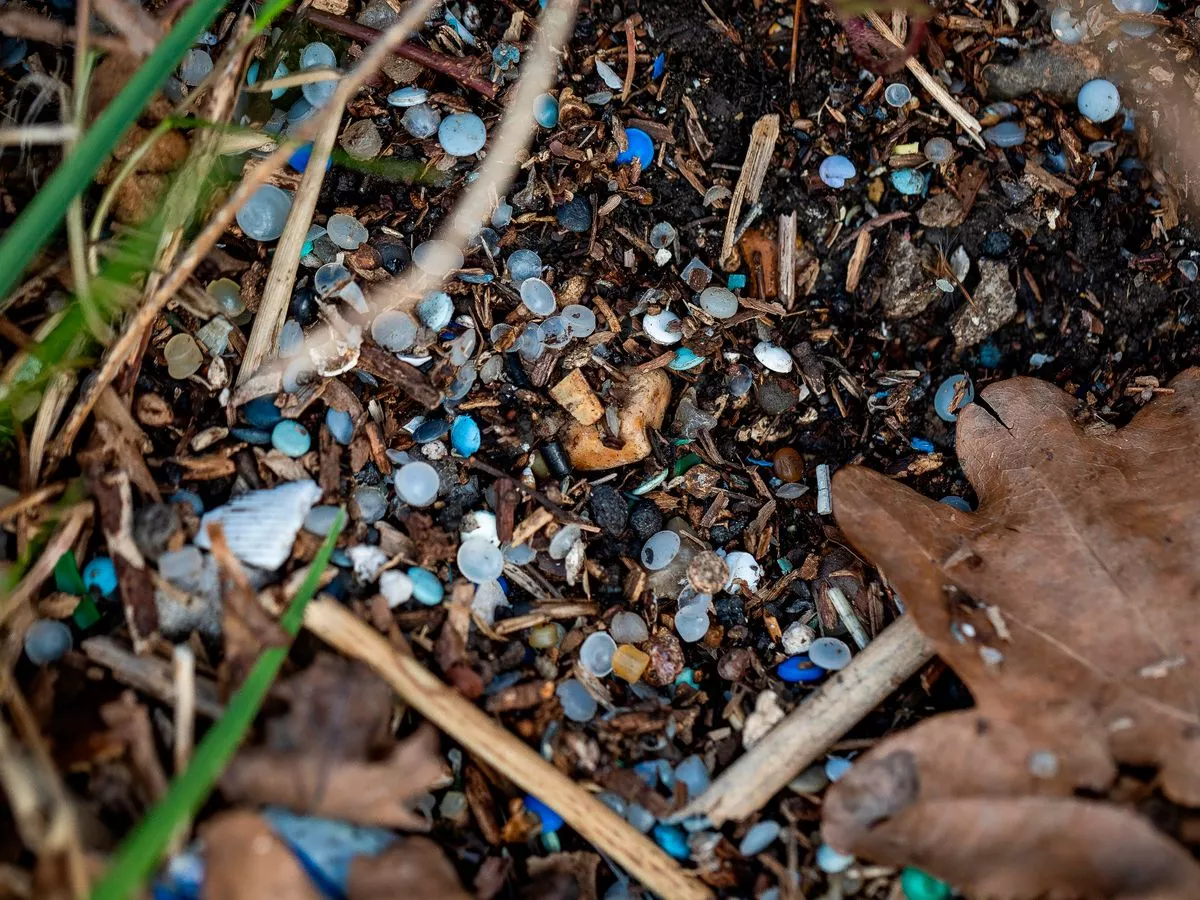Copyright mirror

Millions of tiny poisonous plastic pellets have washed up on the south coast, sparking warnings to keep dogs on leads while walking on beaches. The serious pollution incident left large quantities of lentil-sized pieces of raw plastic scattered across the popular Camber Sands coastline in East Sussex yesterday. Environmental group Nurdle, which removes microplastic pollution, called the spill “one of the worst” it has ever seen and said they were extremely harmful to wildlife. A Rother District Council spokesperson said: "Please be aware that a pollution incident has affected sections of our coastline, where small plastic pellets - commonly known as biobeads or nurdles - have washed ashore. "We are not aware of any concerns regarding public health. However, due to the potential risk posed to pets, we strongly advise dog owners to keep dogs on leads and under close supervision while on the beach to stop them potentially eating the nurdles." Nurdles, also known as mermaid's tears, are lost during plastic production processes and transportation, contaminating waterways before consumers even use them. Cheap and designed to be as small as possible for ease of transport, an estimated 230,000 tonnes of pellets are lost in the oceans every year, equivalent to about 10 trillion pellets, or 15 billion plastic bottles. Environmental charity Fidra said: “This plastic pollutes our environment before it has even been used to make anything.” Once they enter our rivers, streams and seas every year - an eco-disaster causing devastating damage - they can be mistaken by wildlife, such as birds, as food, as they can look like eggs or small crustacea. The council said that it was unclear where the pollution came from and investigations were ongoing. Group Nurdle said: “Millions of them are covering the sand and are washing up with every wave. They’re extremely difficult to remove but we are getting stuck in.” It said it aimed to remove as many as possible during the high spring tide when the debris is concentrated along the waterline. This is not the first spill of this kind. Millions of nurdles also started to wash up on north Spanish beaches last year, after more than 1,000 sacks of pellets were believed to have fallen from the Toconao, operated by Danish company Maersk, on December 8. In May 2021, Sri Lanka had its worst maritime disaster after a blaze started on a container ship carrying hazardous chemicals and 1,680 tonnes of nurdles. It takes approximately 600 lentil-sized nurdles to make a toothbrush, 175 for a small plastic bag and 350 to make a yogurt pot. In 1950, the world produced 1.5 million tonnes of plastic. At the last count in 2020, worldwide plastic production reached about 367 million tonnes. Microplastic pollution is rife in UK rivers, with the Mersey proportionally more polluted than the Great Pacific Garbage Patch. Other areas suffering from pollution include Teesside where Tees Valley Wildlife Trust reported thousands of small blue rubber balls washed up on beaches. Dorset Wildlife Trust has also reported a huge number of nurdles at Kimmeridge Bay. North Queensferry, in Fife, is another hotspot - just a few miles from Grangemouth, Scotland ’s largest container port.



